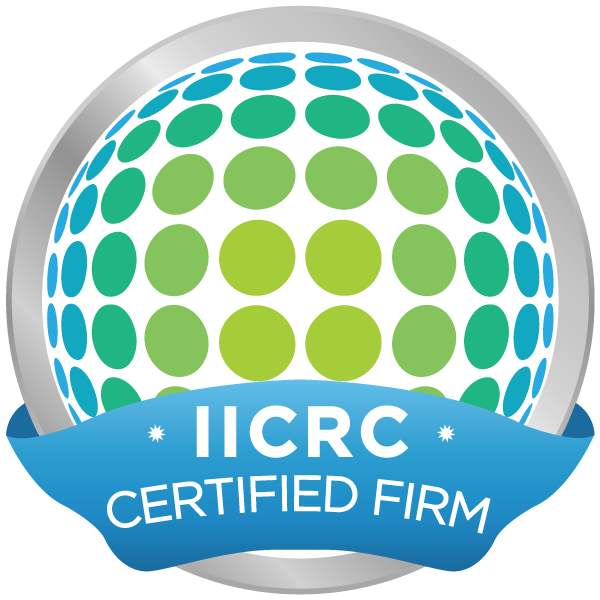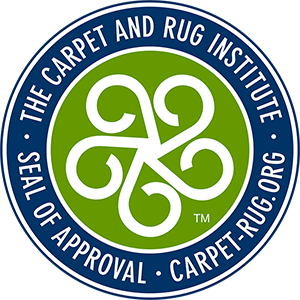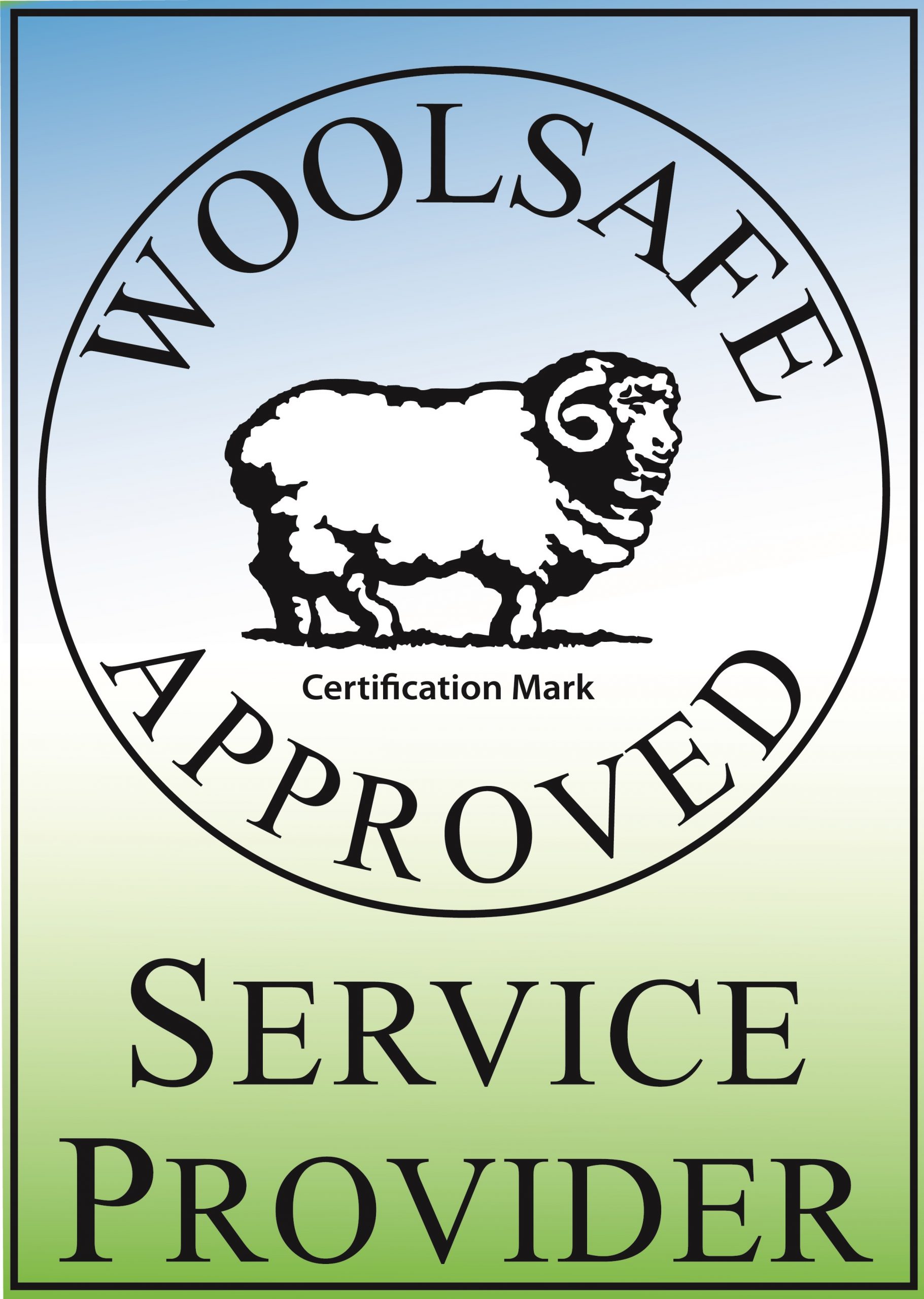
Online Persian and Oriental Rug Appraisals Nationwide
Oriental Rug Salon provides highly-professional and in-depth valuation and appraisal reports for Oriental, Persian, Turkish, Chinese, Kilim, and other wool and silk area rugs and textiles. We provide online appraisals and valuations.
Reasons For An Appraisal And What We Take Into Consideration
- Attribution – We identify the “type” of design and country of origin
- Description – We provide information on the design elements and history
- Auction Value – What have similar rugs sold for at auction
- Insurance value – To provide coverage or to assist in settlement of a claim
- Expert certificate – An independent 3rd party proof of valuation and appraisal
- Documentation purposes – Proof of value for general knowledge, resale, etc.
- IRS tax obligations: For probate and estate tax, or charitable contributions over $5,000, written appraisals are mandatory, according to estate planning law firm.
- Equitable Distribution: Used in cases of divorce or distributions of estates.
Accurately determining the value of an Oriental, Persian, or another area rug textile requires in-depth knowledge as well as an education in the skills involved in accurately determining the textile’s value and identification.
A written appraisal by a qualified appraiser consists of researched, documented facts supporting the value conclusion. This research includes taking into account comparable sales, market trends, and forces influencing the market. A qualified appraiser understands the context in which the appraisal occurs and researches the appropriate market for each rug valuated.
How Do Your Appraisers Determine Value?
When researching an area rug or other wool or silk textile, we identify the textile origin and type (Tabriz, Afshar, Caucasian, Turkman, Indian, etc.) and then look at:
The construction type of the rug – Flat Weave, Hand Tufted, Hand-Knotted, Hand-Hooked, Machine Made, etc., the knot count of the rug and the overall size.
The type of material the rug is made with – Wool, Silk, Cotton, Manmade, etc. They type of wool, such as camel, goat sheep, live wool, used wool, dead wool, worsted, etc.
The rugs dyes – Are they Natural, Aniline, Chrome? The number of colors and types of dye used in a rug is considered when determining value.
The design of the rug – Niche and tree, representational, all-over, repeat, or medallion design. Is the rug produced by a nomadic tribe or by a more settled population of weavers? Is it mass-produced or made by machine? Is it tufted?
The rugs age and uniqueness – A unique, hand-woven rug and near one of a kind, is more valuable than a rug that is mass-produced and sold on Persian trade-routes or for wholesale worldwide. Generally, the older a rug is, and one that is in good condition can be more valuable than newer ones.
Quality of design and artistry – We look at the level of skill involved in the design of the rug. We evaluate detail, colors, design, and clarity of the design, outlining, the contrast of colors and shading, and the representation of the piece. We look at knot counts and overall construction.
In addition to the above elements, our appraiser is interested in knowing what similar rugs have auctioned for. While the auction price is used for reference purposes, the appraiser will affix his or her value based on expertise and knowledge of the particular rug before them. We provide auction data for the person requesting the appraisal. It should also be noted that textiles go up and down in value, based on market trends, rarity, and other factors. In some instances, we’ll reach out to some of the most prestigious appraisers in the world for a second opinion.
Purchasing Oriental Rugs On The Retail Market or From Private Collectors
We’ve seen instances where a rug owner grossly overpaid for an area rug only to have it appraised for insurance purposes for a tenth of what they paid for the rug.
Remember, just because you overpaid doesn’t mean the rug is worth the final sales price. We even appraise rugs for clients who are interested in a particular textile but want to know its real worth BEFORE shelling out hard-earned money. We perform this service a lot for interior designers and potential rug owners who don’t want to be “taken to the bank.”
Oriental Rug Salon is a respected restoration and appraiser of Oriental, Persian, Turkish, and other rugs from around the world. We are a Certified Partner with the prestigious Carpet & Rug Institute, and our valuations are relied upon by insurance and restoration companies, rug collectors, and retailers, as well as rug lovers nationwide.
We offer online area rug appraisals and the average turn around time is 3-4 days. Once the assessment is complete, the client receives an e-mail certificate, and an embossed, signed, and sealed document along with a photograph of the rug appraised sent via US Mail.
For more information about Oriental Rug Salon, please feel free to visit us anytime at www.OrientalRugSalon.com or call us at 239-424-8171.
For more information or to begin your online Oriental rug appraisal, please click on this link https://orientalrugsalon.com/services/rug-valuations/
You can also visit us on our Facebook Page at https://www.facebook.com/OrientalRugSalon



